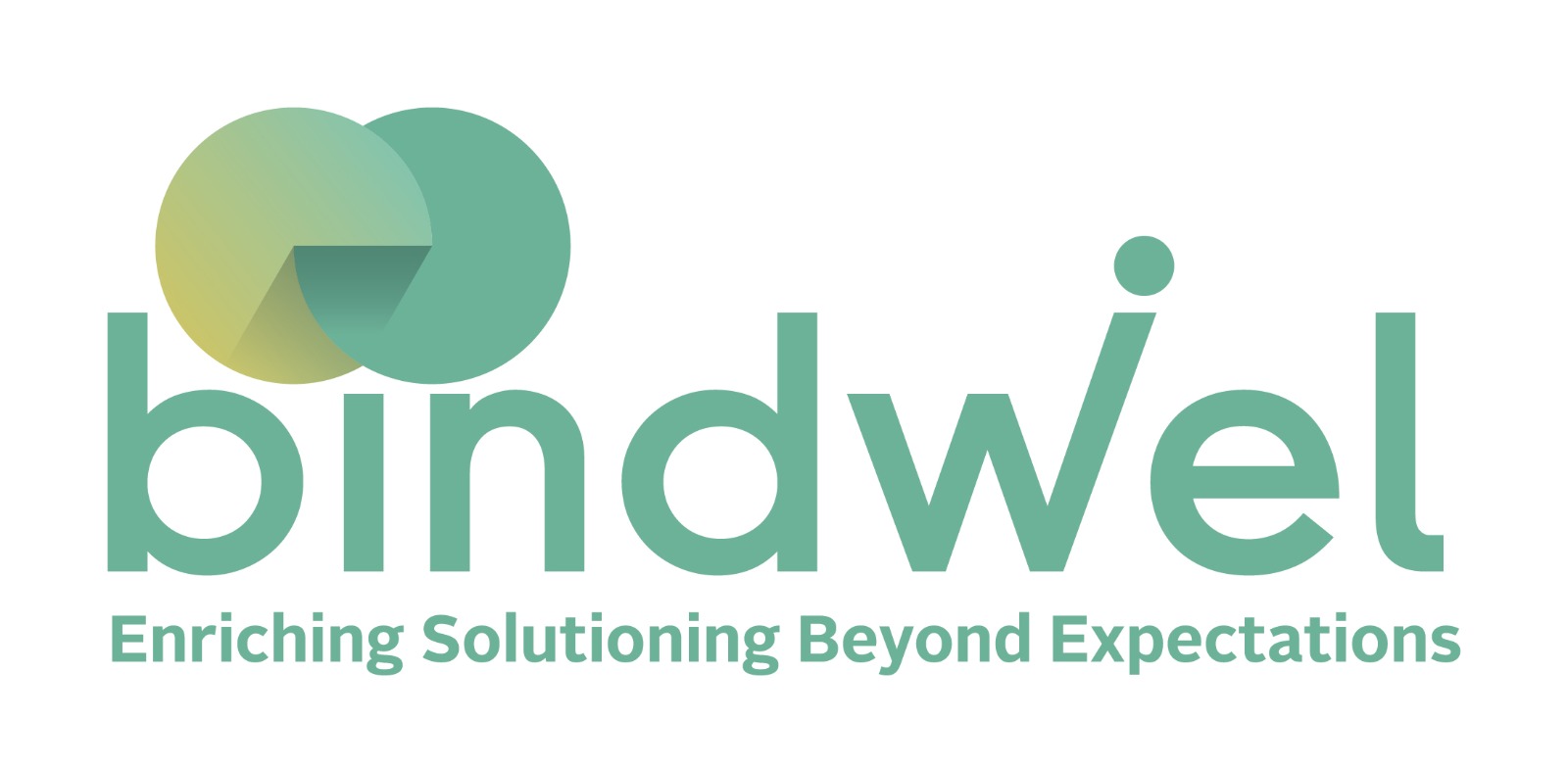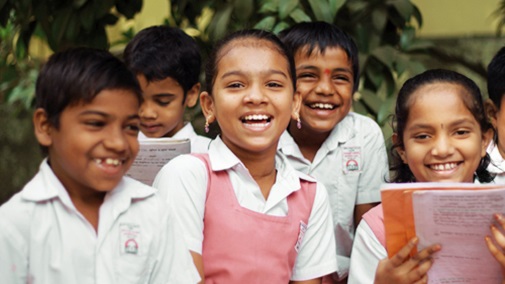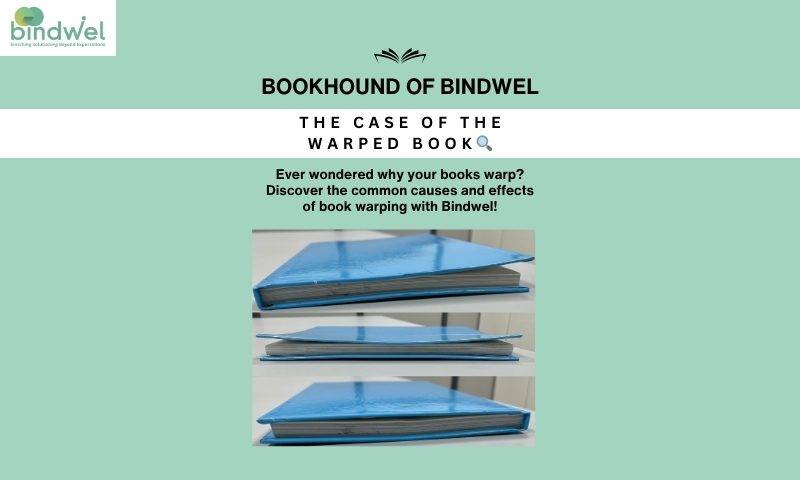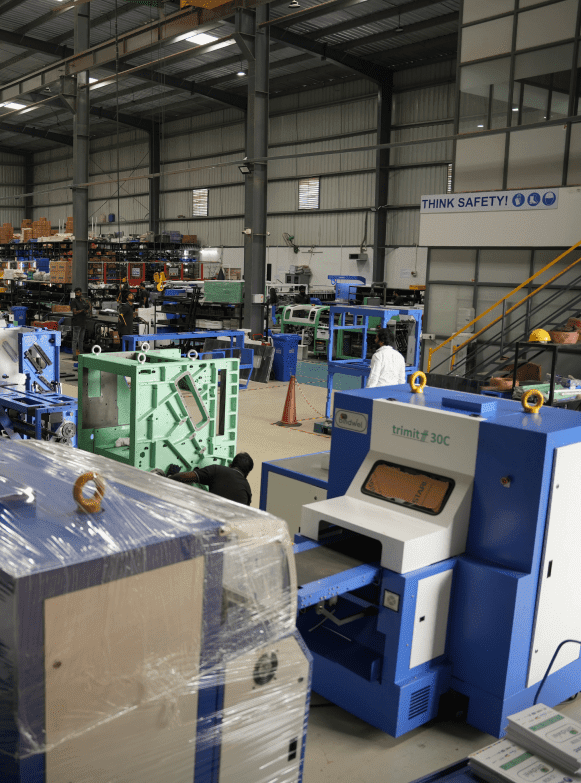Will education drive print in India?
India has made substantial gains in education. This is a country where 250 million children attend schools. Yet one of its most stubborn development challenges is the fact that 33 million children of primary school age still are not enrolled in school.
Right to education is enshrined in the Constitution. The central government launched an ambitious scheme for education. The Sarva Shiksha Abhiyan is an effort to universalise elementary education by community-ownership of the school system. The SSA hopes to provide useful and relevant elementary education for all children in the 6 to 14 age group by 2010. There is also another goal to bridge social, regional and gender gaps, with the active participation of the community in the management of schools.
India may boast the record for producing and selling the cheapest textbooks in the world
Education is one of the key demand drivers for the growth of print world over. The sheer size of the education market in India ensures that this would probably be the largest factor. However, there are challenges in turning this into a value proposition.
Free education – free books
Innumerable interventions have been planned for the growth of enrollment. One of it includes: Free textbooks to all girls and socially backward children at primary & upper primary level within an upper ceiling of Rs. 150/- per child (less than $4). The state will continue to fund free textbooks being currently provided from the state plans.
As a result, the state government textbook boards form the largest segment of publishers – in terms of quantity of books, produced. All such boards put together are estimated to produce anywhere between 1.5 to 1.7 billion textbooks per annum.
That’s not all. The government is laying tremendous thrust on innovative activities for girls’ education, early childhood care and education, interventions for children belonging to backward and needy section of the society. There is a thrust on computer education especially for upper primary level.
There is a big opportunity for the book printing industry in India; since the preliminary requirements of the SSA include huge quantities of publishing: school wise/EGS centre wise incentives of free textbooks and notebooks, teaching materials and information system etc.
The state government textbooks are printed by empanelled printers selected through a tendering process. Often such tenders see unhealthy compe-tition leading to unrealistically low rates for printing. Huge compromises are then made in the production process, in terms of machines, consumables and quality control. This, in turn, leads to poor quality in production as well as delays in supplies.
At times, one has to educate the state board government authorities that one three-side trimmer is the equivalent of three or four automatic cutting machines in productivity of trimming books. And similarly, four automatic pinning machines is equivalent to one online saddle stitching machine. Make and age of machines, special attachments, capacities – these are often not given much importance. In most cases there are no gradations for vendors. The ignorance among government authorities and the unhealthy competition deter highly successful printers who can produce books with better presentation quality.
The rate card of NCERT, the premier national textbooks publishing body is a good example. For binding 1,000 signatures of A4 size book, the rate is about Rs 40 (about $1). That means a book of 10 signatures will fetch 40 paise – this is less than the cost of adhesive used in binding the book. Ironically, their tenders have always seen more and more new printers joining the bandwagon.
Private education Private publishing
The other side of the spectrum is the enormous growth seen in Investment in Private education. With growing income, the huge Indian middle class queue up to send their children to private schools. Today this is a significant part of their annual spend.
There are the private publishers who produce textbooks and guides based on the various national (ICSE, CBSE) and state syllabus. Every such segment has a few national players; many more at the state levels. One can estimate about 700-800 million books per annum from this segment.
Even in this segment we’ve witnessed a high level of fragmentation and competition. This ensures that the cover prices are very low. In fact India may boast the record for producing and selling the ‘cheapest’ textbooks in the world.
“When a textbook on physics reaches a teacher for evaluation and recomme-ndation, there are 30 plus options on the table. The books maybe in different sizes, varying in presentations and in price; but how can the teacher evaluate so many books and decide which is the best for his / her students? Even if your teaching is based on a new book, it will take months before realising if the product (read content) is good. So, then, content is no more the king. It is price and relationship with teacher and school that sells the book. The low entry barrier in publishing ensures that the pressure on pricing is huge,” says Vivek Govil, President and CEO of Pearson Education India. (At the GLOBALOCAL Conference in New Delhi).
Also, this makes the value chain unbalanced. Because the student at the top of the pyramid is willing to pay the right price, which is much higher than what the publisher is staking his claim to. (It is only the books on specialisation or super-specialisation subjects that command a premium).
The cost of books, as a part of the school education budget in India is a humble 5%. We are not talking about the subsidised books published by the government. For example, a student studying in a private school in Mumbai, following the state board syllabus, would spend anywhere between Rs 20,000-40,000 per annum (about $450-900) on school fees alone. As against this he or she will spend a maximum of Rs 800-1000 ($22) on textbooks, guides and workbooks – all put together. This is an example where the consumer can afford and is willing – but the supplier is not in a position to ask.
As there is no value realised, huge levels of compromises are made on both presentation and content quality. Content is often “cut and paste”. Poor quality of paper (50 gsm cream wove white printing paper from a b-grade paper mill is the norm), compromises on design to reduce cost, mono-colour printing, shabby binding and so on.
This has made companies like Pearson to focus on complete solutions – including training sessions for teachers, educational aids, question banks, workshops etc; where the book becomes one part of the package and its value is realised in relation to the solution. The academic publisher will forward integrate and invest in educational institutions, thereby realising the full potential of the content.
Issues in distribution
India is a large country and the rural India still has places that cannot be reached by motors. The free books seldom reach there. The private publishers stay away due to logistical issues. Unless the infrastructure develops in such areas, this will remain a major deterrent. We may need to think out of the box to provide solutions in the short term.
For instance in 2009 during a heavy monsoon spell, thousands of school-going children in Bagalkot, Raichur, Bijapur, Koppal, Gulbarga and Gadag districts were distraught that their textbooks and notebooks were washed away in the monsoon floods. If their parents were worried about rebuilding their damaged houses, the children were disappointed at losing their books, with half the academic year over.
Responding swiftly to their plight the textbook society, which was established by the State Government, had issued circulars to the Deputy Directors of Public Instruction (DDPIs) in the flood-hit districts to distribute textbooks stored in the block-level textbook godowns (in each taluk) for sale, free so that the children did not lag behind in the studies.
The above incident underscores the disparity between India’s haves and have-nots. Even though publishing – and particularly educational publishing forms a large pie of the print market, most of the ‘better’ printers stay away from this for obvious reasons.
Lessons to learn
Today, a pricing battle is transpiring in other countries, as well.
In December 2010, the US Supreme Court affirmed a lower court decision on “the pricing of products made outside the United States.” This has implications for textbook pricing because it effectively prevents the new introduction of low-priced academic books.
That’s because internationally sold goods usually work like this: the manufacturer produces two types of the same product. One is expensive and lavish, intended to be sold in the developed world. The other version is cheap and basic, intended for sales in Third World countries.
Textbooks work like this too. The real barrier that many students have to accessing inexpensive textbooks is that publishers will only sell them the expensive, lavish version. Publishers make the cheap version, which is really all the students need, but the economic version is available in the developing world.
The case came down to this: if the producer makes something intended for foreign sales, can American companies buy the product abroad and sell it cheaply back in America?
A victory would have meant yes, and might have allowed Americans to buy textbooks for less money. That would greatly cut into publishers’ profits.
This is a victory for American printer-publishers. Perhaps a cue for Indian book printers to tread a similar path, soon…







